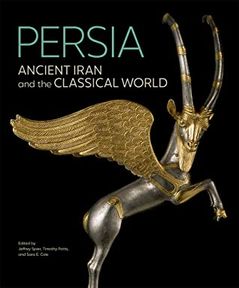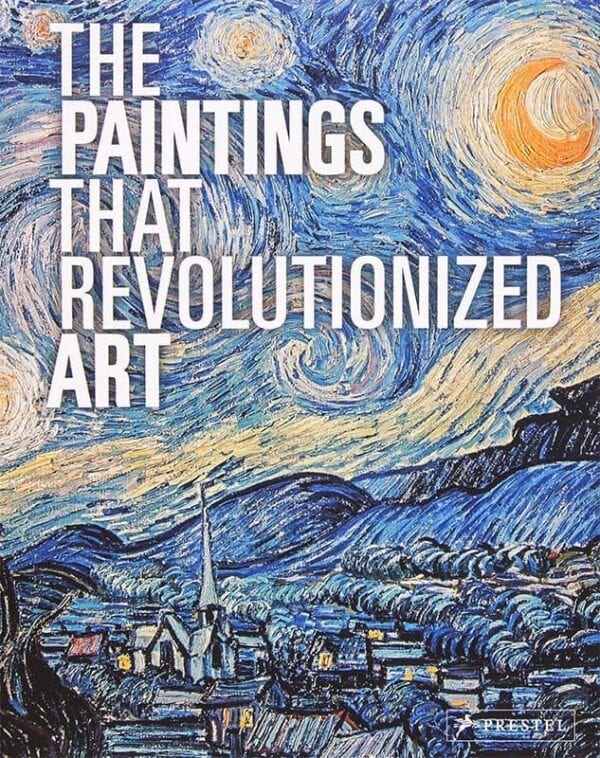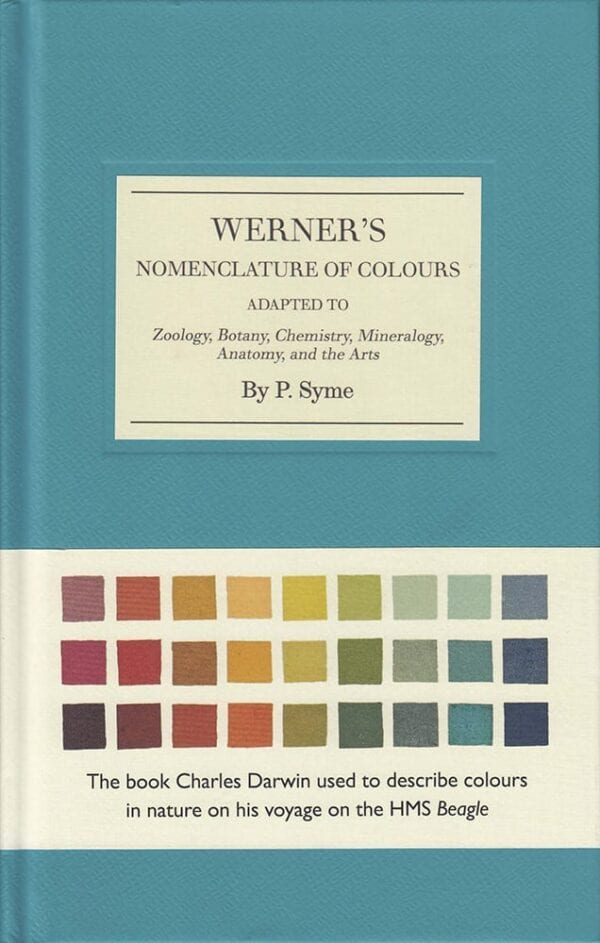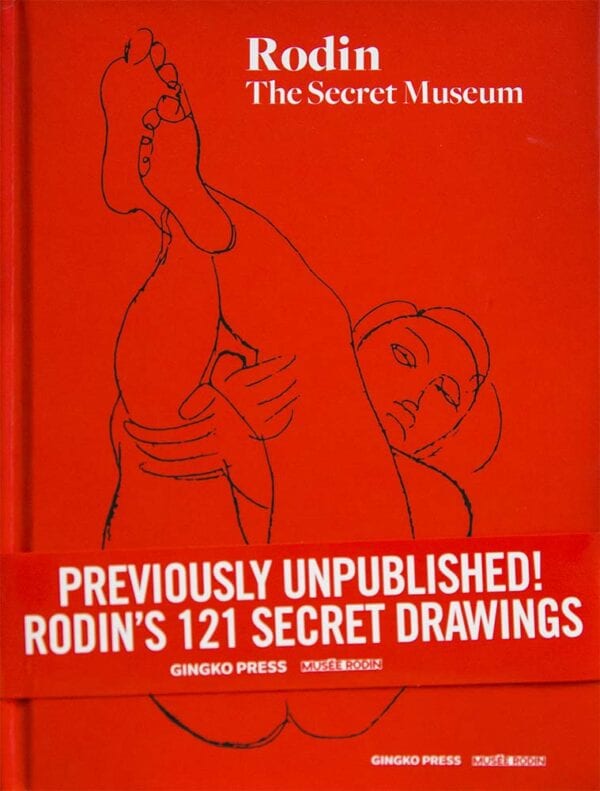Persia: Ancient Iran and the Classical World
The founding of the first Persian Empire by the Achaemenid king Cyrus the Great in the sixth century BCE established one of the greatest world powers of antiquity. Extending from the borders of Greece to northern India, Persia was seen by the Greeks as a vastly wealthy and powerful rival and often as an existential threat. When the Macedonian king Alexander the Great finally conquered the Achaemenid Empire in 330 BCE, Greek culture spread throughout the Near East, but local dynasties-first the Parthian (247 BCE-224 CE) and then the Sasanian (224-651 CE)-reestablished themselves. The rise of the Roman Empire as a world power quickly brought it, too, into conflict with Persia, despite the common trade that flowed through their territories. Persia addresses the political, intellectual, religious, and artistic relations between Persia, Greece, and Rome from the seventh century BCE to the Arab conquest of 651 CE. Essays by international scholars trace interactions and exchanges of influence. With more than three hundred images, this richly illustrated volume features sculpture, jewelry, silver luxury vessels, coins, gems, and inscriptions that reflect the Persian ideology of empire and its impact throughout Persia’s own diverse lands and the Greek and Roman spheres.
| ISBN | 9781606066805 |
|---|---|
| sider | 432 |
| Additional Info | J. Spier, T. Potts, S. Cole ed., J. Paul Getty Museum, 2022, |
| H | 30 cm |
| W | 25 cm |
| Vægt | 2720 g |
529,00kr.
Ikke på lager



